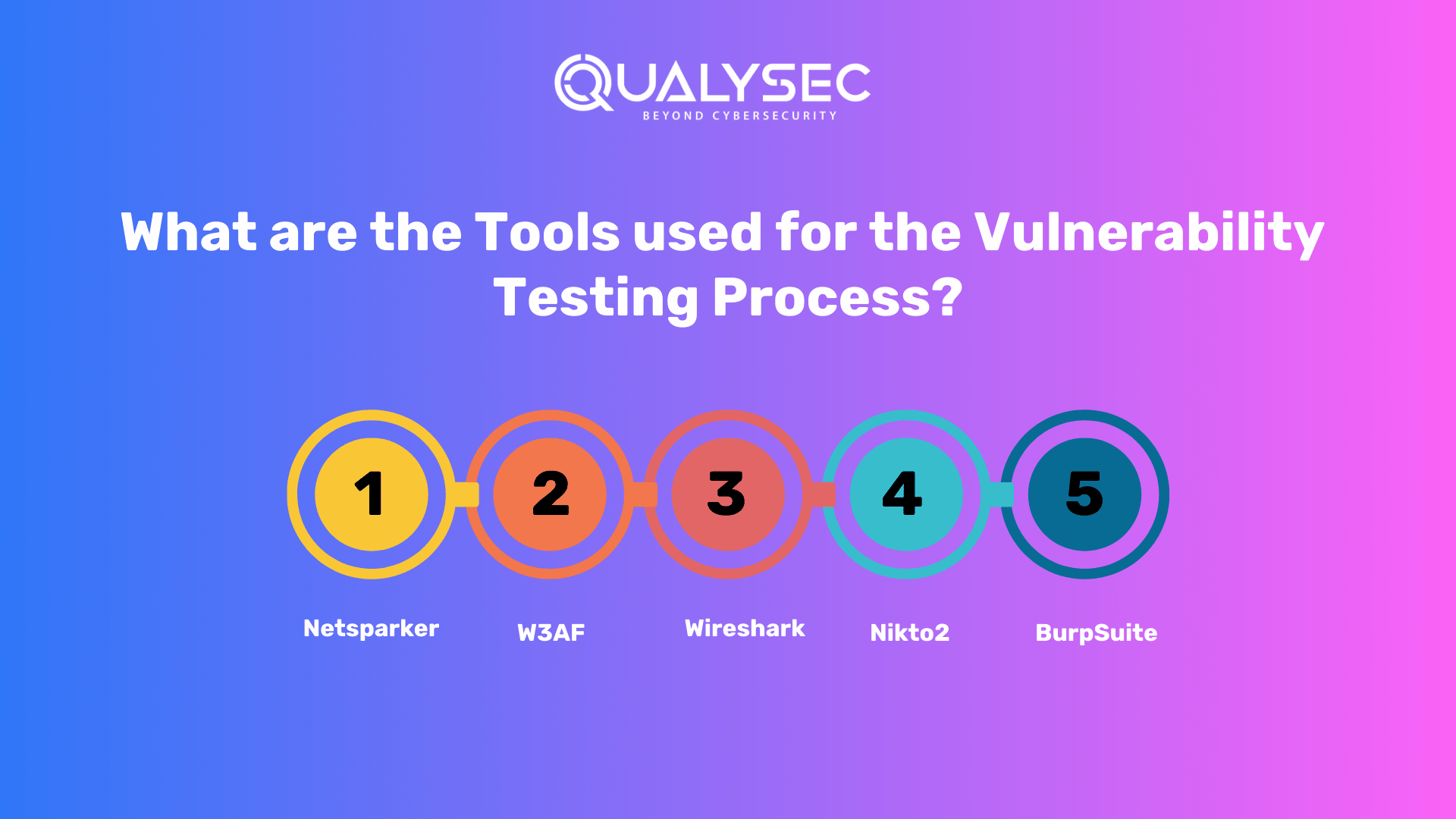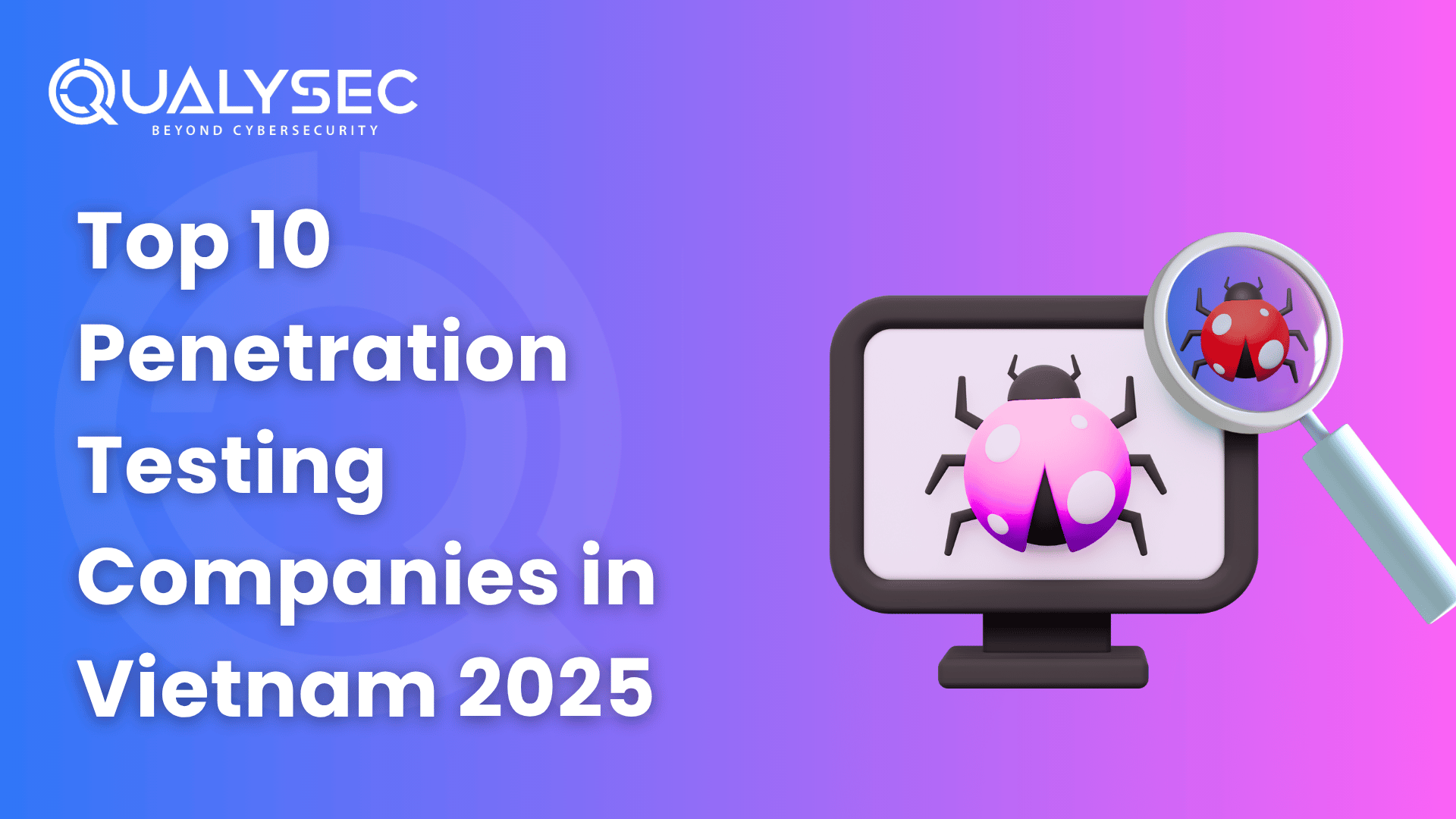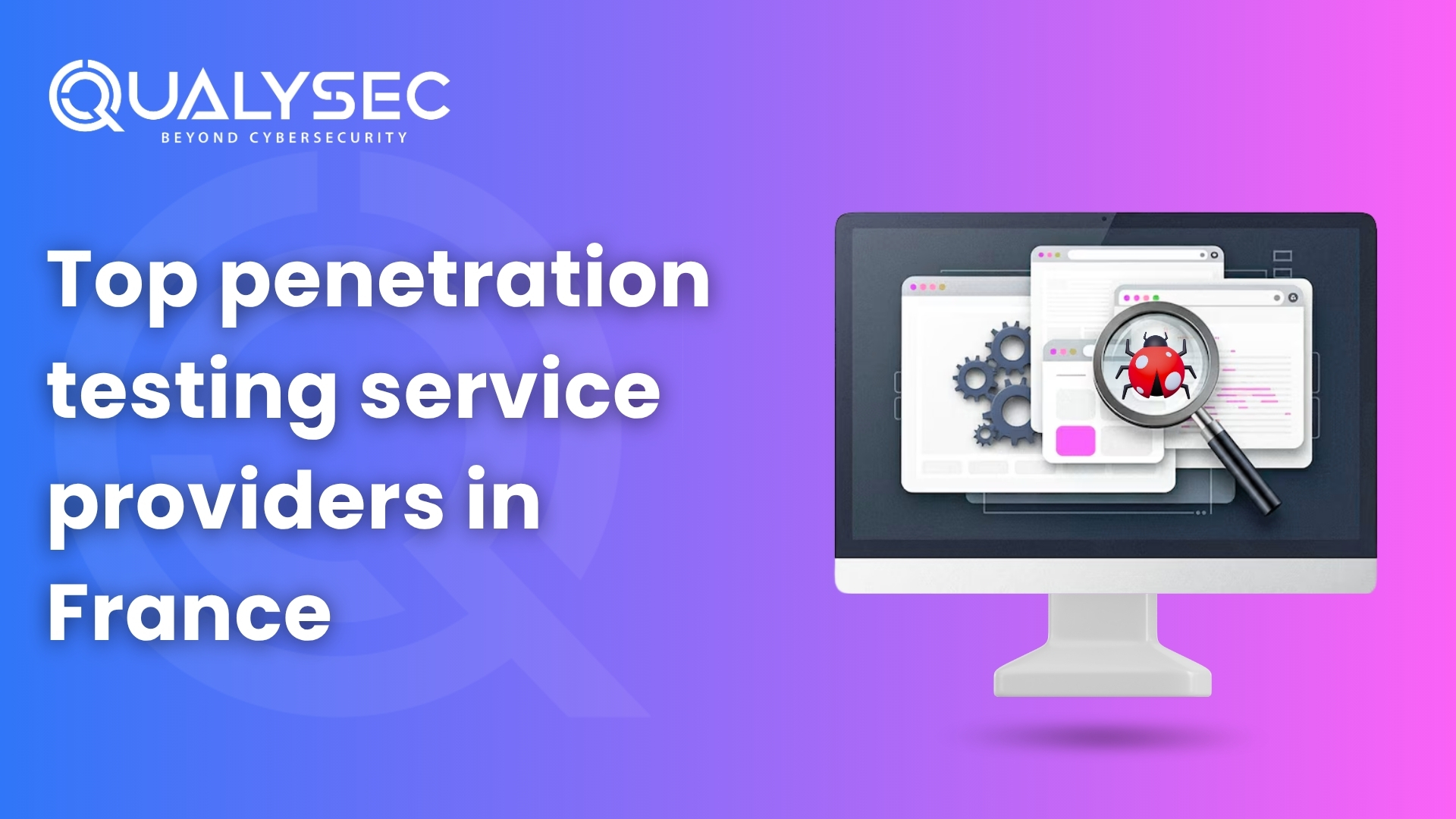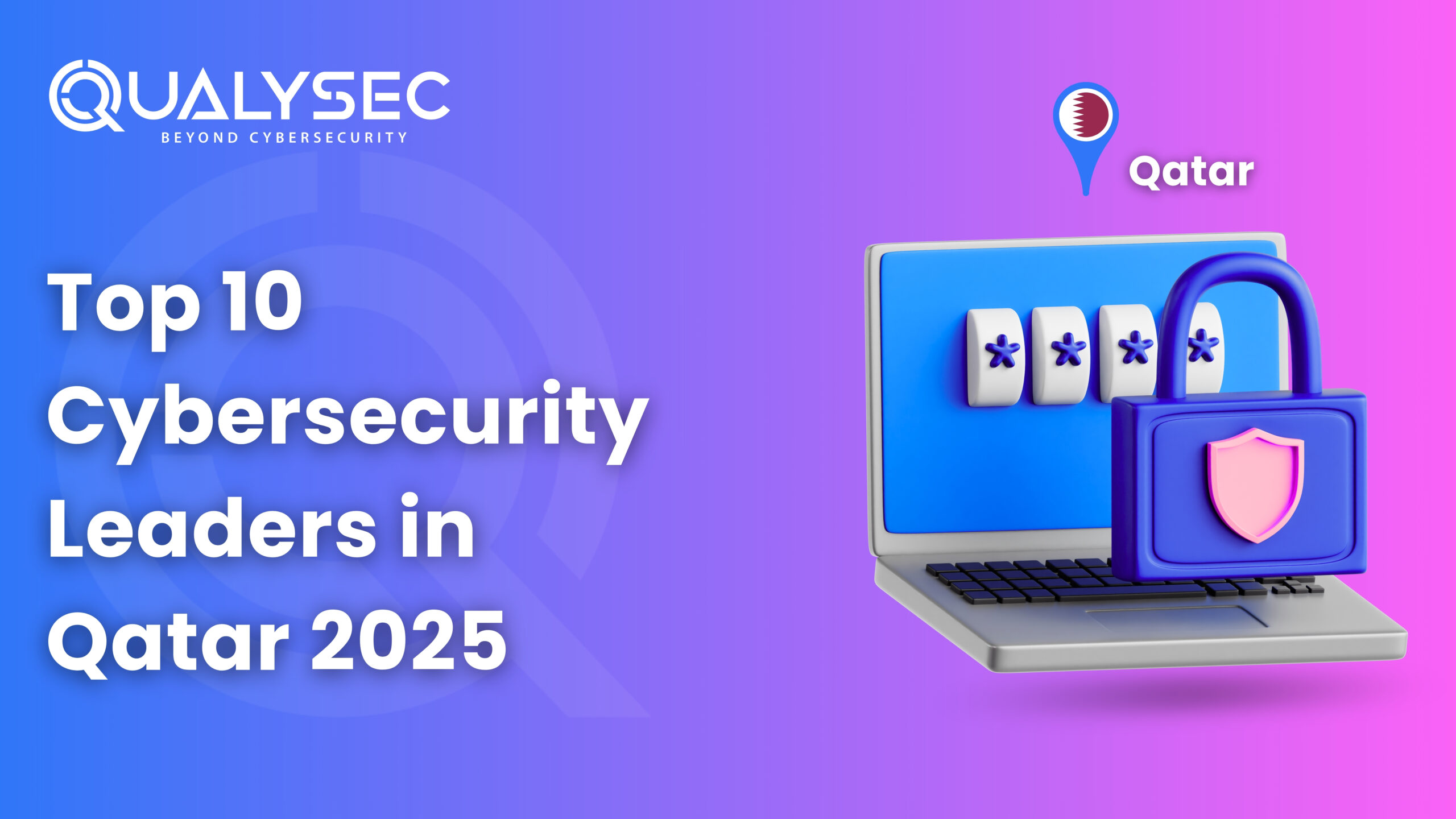Consider your company, a ship heading the digital waters, carrying significant supplies in the form of sensitive data and valuable assets. You experience the glories of invention and the potential hazards of unexplored seas as you sail the vast ocean of technology.
Cyber- Attacks, like sneaky pirates, are poised to take your treasures—unless you have a mindful crew and a strong protection strategy. This is where Vulnerability Testing, a vital compass for securing your digital empire, comes in handy.
In this blog, we’ll detail what vulnerability testing comprises, why it’s critical for your company’s survival, and the best techniques for keeping your ship afloat amid volatile cyber currents. Continue reading to learn more.
Check Out Some of the Important Cyber Stats
- Almost 7 out of 10 firms confess to having encountered at least one cyber assault using an internet-facing asset.
- Web applications and email servers are the most commonly damaged assets in breaches.
- In 2022, around 25,000 vulnerabilities were disclosed.
- According to Kaspersky research, 40% of businesses lack cybersecurity.
- Companies lack adequate protection against cyber assaults, according to 80% of top IT personnel and security leaders, and 77% do not have an incident response strategy.
- In the previous three years, 93% of healthcare businesses have had at least one breach.
To secure your business from these breaches and cyber-attacks, you must secure your application and infrastructure. Vulnerability testing is the best practice for situations like this.
What is Vulnerability Testing?
Vulnerability testing assesses your systems, software, and networks for any flaws hackers may exploit. Furthermore, it also assists you in identifying system issues before criminal actors use them to obtain unauthorized access to your firm.
For examples, the risks that vulnerability assessment can avert include:
- SQL injection, XSS, and other code injection attacks are all possible.
- Privilege escalation as a result of improper authentication techniques.
- Unsafe defaults, i.e., software with unsafe settings, such as guessable administrator passwords.
Additionally, it entails scanning, probing, and analyzing systems and applications to identify possible vulnerabilities. The aim is to determine and remedy security flaws before they are exploited by attackers, eventually increasing the system’s overall security.
What are the Types of Vulnerability Testing?
Several types of vulnerability assessments may be performed, including:
- Network-Based Vulnerability Testing: A network-based vulnerability assessment identifies vulnerabilities in network devices such as routers, switches, firewalls, and other network infrastructure components.
- Application-Based Vulnerability Testing: An application vulnerability assessment detects flaws in software programs such as web applications, mobile apps, and desktop apps.
- API Vulnerability Testing: API vulnerability assessments are conducted to discover and mitigate any security threats in APIs. Thus, this method identifies API design, implementation, and deployment flaws and vulnerabilities.
- Host-Based Vulnerability Testing: A host-based vulnerability assessment detects flaws in individual host systems including servers, workstations, and laptop computers.
- Cloud-Based Vulnerability Testing: It is an assessment to find vulnerabilities in cloud infrastructure and services such as Amazon Web Services (AWS) and Microsoft Azure.
- Wireless Network Vulnerability Testing: A wireless network vulnerability assessment concerns discovering flaws in wireless networks, such as Wi-Fi networks.
Why is Vulnerability Testing Crucial?
An intelligent security plan frequently scans your systems for vulnerabilities before they become problematic. Here, are some of the benefits of Vulnerability Testing:
Optimizes and Fixes Flaws
Vulnerability testing identifies hidden issues, allowing you to scan and fix them. Instead of randomly deploying patches to network components, you can find the specific vulnerabilities to correct and get a sense of which regions should be prioritized.
-
Safeguards Integrity of Assets
Many flaws have been discovered in harmful malware buried within programs and services. By doing frequent scans, you secure the security of your company assets and demonstrate to stakeholders and customers that you are doing all possible to preserve their data and confidence.
-
Saves Your Finances
Data breaches cost businesses money, from the IT team that fixes it to customer loss and potential penalties and damages if legal action is taken. Automated vulnerability scans are less expensive in the long run since they are easy to perform and examine flaws.
-
Enhances Company Credibility
Firms that are open about security measures are valued by their customers, partners, and stakeholders. Conducting frequent vulnerability scans as part of a complete security plan increases your credibility with them since you are concerned about their security.
-
Meets Data Security Standards
The GDPR doesn’t specifically mandate vulnerability assessment, but it does require businesses to implement sufficient security measures to secure personal data. Furthermore, additional legal requirements for vulnerability testing, such as PCI DSS, ISO, SOC, ISO, and HIPAA, can also exist.
Working of Vulnerability Testing- A Step-By-Step Guide
With the proper tools, you can undertake a vulnerability assessment by following the steps below:
-
Defining the Process’s Aim
Outline the primary goals of vulnerability testing, which include identifying vulnerabilities, determining risk levels, improving security posture, and verifying security policies. You can successfully plan and perform vulnerability testing to detect your systems’ flaws and estimate the possible impact and likelihood of exploitation by outlining these objectives.
-
Identifying the Vulnerabilities
Automated scanning techniques serve an important role in effectively finding common vulnerabilities. However, rigorous verification of the results by security specialists is required to ensure that there are no false positives. Furthermore, as previously noted, manual pen tests aid in the detection of complicated and context-specific flaws.
-
Prioritizing the Vulnerabilities
The goal of this stage is to prioritize vulnerabilities. The pen testers provide each vulnerability’s rank and severity level based on variables such as:
- Which systems are affected?
- What information is at risk?
- Which business functions are jeopardized?
- The intensity of the attack.
- The possibility of harm as of the suspected attack.
-
Make the Report
It’s time to capture your results in a vulnerability assessment report after you’ve finished the vulnerability assessment scan, analysis, and risk prioritization phases. This report will include all found vulnerabilities, their severity, potential attack paths inside the network, and proposed remedies.
-
The Remediation Phase
You’ve found and prioritized security flaws in your network, and now that you’ve reported on these issues and your intentions to address them, it’s time to act. Some of your most significant vulnerabilities may be remedied with genuine patches, however, others may need weaker mitigation strategies.
-
Retest and Validate
It is critical to test the effectiveness of the adjustments. The validation procedure includes a full rescan to assess previously found website vulnerabilities and the efficacy of your remedies. An automatic complete system retest and ongoing monitoring assist in assuring your current safety while protecting your company in the future.
Vulnerability Testing: Best Practices to Perform
How can you get the most out of your vulnerability testing? Let’s take a look at the recommended methods that professionals use to ensure excellent testing:
-
Conduct Testing Regularly
Schedule frequent vulnerability testing since new vulnerabilities and threats arise all the time. In addition, regular inspections verify that your business is up to speed on the most recent security updates and configuration modifications.
-
Use Different Tools and Approaches
To perform a thorough examination, use a combination of automatic vulnerability scanners and manual testing approaches such as penetration testing. Automated technologies can swiftly find known vulnerabilities. However, human procedures can assist in revealing more sophisticated concerns that automated scanners may miss.
-
Keep Up with Current Trends
Cybersecurity professionals should actively participate in forums, seminars, and threat intelligence-sharing platforms to stay up with new threats and attack methodologies. In addition, analyzing and learning from previous security events and data breaches also assists firms in anticipating and adapting to prospective attacks.
-
Be Consistent with Reporting
Organizations frequently create several sorts of reports based on the intended audience. One may be aimed at stockholders, another at regulators, and yet another at IT experts. Furthermore, companies should collect as much information as possible regarding the assessment process, including what was assessed, which vulnerabilities were discovered, and if the issue was resolved.
-
Create a Vulnerability Management Policy
This defines the processes for examining and analyzing vulnerabilities, making system upgrades to mitigate them, and certifying that the risk has been eliminated. However, policy coverage might vary depending on the business’s size, nature, and industry. They can include flaws in servers, operating systems, cloud environments, database servers, and other systems.
-
Utilize Data Security and Privacy
Security experts frequently come across sensitive data when doing application vulnerability testing. Furthermore, by emphasizing data protection through encryption and anonymization, you can demonstrate your dedication to sustaining consumer confidence while adhering to current data privacy requirements.
-
Make a Budget
Your budget is one of the most crucial factors when looking for a security solution. The cost of security is determined by the value of your assets and the goals you wish to achieve. Budget-related factors include:
- In-house testing vs. employing a third-party service provider
- The testing you desire (black, white, or grey)
- The time required to complete the assessment
- The emphasis on scope and coverage
-
Engage Third-Party Security Experts
Seeking independent assessments from third-party security specialists gives your security vulnerability testing a new viewpoint. Their skill in spotting possible vulnerabilities and providing efficient remedial steps, as well as their honest criticism, may be extremely beneficial in bolstering your security defenses.
Vulnerability Assessment: Case Study
QualySec is a leading vulnerability testing firm reshaping the cyber security testing market through a process-based approach and prevention-based cyber security tactics. Their penetration testing solution is a popular choice among worldwide organizations for ensuring the security of their online and mobile apps, IoT devices, Blockchain, and cloud infrastructure. Here’s how they solved a cyber issue of an E-commerce business:
Objectives of the Project:
- To uncover vulnerabilities, a website evaluation was necessary.
- The development team also was looking for advice on how to fix vulnerabilities.
- Maintain website security and integrity to gain client confidence.
Challenges to Overcome:
- Customers’ sensitive data, such as credit card numbers and personal identity information, should be kept secure.
- Address vulnerabilities to ensure compliance with industry requirements and standards such as PCI DSS.
- Ensure the website’s availability and dependability for customers.
Project Conclusion:
QualySec has released a complete report outlining all discovered vulnerabilities and mitigating solutions. The customer fulfilled the highest degree of compliance and regulation standards, created more robust security procedures, and obtained a QualySec validated certificate, ensuring the board of directors was in excellent security posture.
What are the Tools used for the Vulnerability Testing Process?

- Netsparker
Netsparker offers an automated tool that aids in the discovery of vulnerabilities. This web application vulnerability scanner may detect flaws in hundreds of online apps in a matter of hours. Furthermore, it can also provide mitigation solutions for all vulnerabilities discovered. In addition, the program delivers security solutions for vulnerability evaluation.
- W3AF
W3AF (Web Application Attack and Framework) is a free and open-source program. It develops a framework that aids in the web application’s security by detecting and exploiting flaws. This tool is well-known for its simplicity. In addition, it also includes exploitation facilities for penetration testing operations and vulnerability detection alternatives.
- Wireshark
Wireshark,a publicly accessible network packet analyzer used by a wide community of security testers, is one of the top vulnerability assessment tools. It has features like monitoring in real-time and offline capture. Furthermore, it also runs on various systems, including Windows, Linux, and others. Wireshark is used extensively in network monitoring, troubleshooting, and protocol creation to identify and report attacks.
- Nikto2
Nikto2 is an open-source vulnerability detection software for web applications. It can detect around 6700 hazardous files generating problems on web servers and report outdated server-based versions. Furthermore, it can notify of server setup errors and execute web server checks quickly.
- BurpSuite
BurpSuite is one of the greatest, ever-evolving vulnerability detection solutions, with connectors for simple ticket generation. Its services include manual and sophisticated automated pen-testing. Furthermore, it also provides step-by-step instructions for every vulnerability discovered. It can easily crawl through complicated targets based on URLs and content.
Conclusion: Secure Your Business from Cyber Attacks
If you do not already have a vulnerability management system installed, now is the time to install one. You may also contact a testing company for further information and assistance protecting your company from cyber-attacks.
QualySec Technologies emerges as a light of trust and skill when navigating the complications of vulnerability testing. They stand tall as your organization’s partner to defend its digital valuables. They have a proven track record of delivering comprehensive assessments, cutting-edge technology, and a team of professional cybersecurity testers.
You’re not just investing in service when you commit your application and infrastructure vulnerability testing to QualySec; you’re reinforcing your digital fortress with the certainty of unrivaled precision and proactive protection.
Let QualySec be the anchor that keeps your business stable, safe, and sailing toward a resilient future while the winds of cyber threats continue to blow.
Choose QualySec—where brilliance meets cybersecurity.
FAQs:
-
What is the Purpose of Vulnerability Testing?
The fundamental goal of vulnerability assessment is to discover system, network, or application flaws to improve security against cyber-attacks. This procedure protects important assets from future exploitation.
-
What is the Difference Between Vulnerability Testing and Penetration Testing?
While both are security testing approaches, vulnerability testing focuses on discovering system flaws, whereas penetration testing takes it further by simulating attacks to exploit vulnerabilities. Vulnerability testing is more automated, searching for known flaws, whereas penetration testing is more human, simulating real-world assaults.
-
How Frequently Should Firms Perform Vulnerability Testing?
The frequency with which vulnerabilities are tested is determined by factors such as the organization’s size, the IT environment’s complexity, and industry requirements. Regular vulnerability assessments are generally advised, and for dynamic settings or high-risk sectors, more frequent testing, maybe even continuous monitoring, is recommended.
-
Is it Possible to Completely Automate Vulnerability Testing, or is Manual Testing Required?
Vulnerability testing frequently combines automated and human testing. Manual testing is necessary to find complicated flaws, comprehend the context, and model real-world events that automated methods may overlook.
-
What are the Sorts of Vulnerabilities that Testing Seeks to Identify?
Vulnerability testing seeks to uncover various flaws, including software flaws, such as outdated software or unsecured setups, network flaws, open ports, and inadequate encryption methods. The idea is to solve these flaws before cyber attackers may exploit them.


















































































































































































































































































































































0 Comments